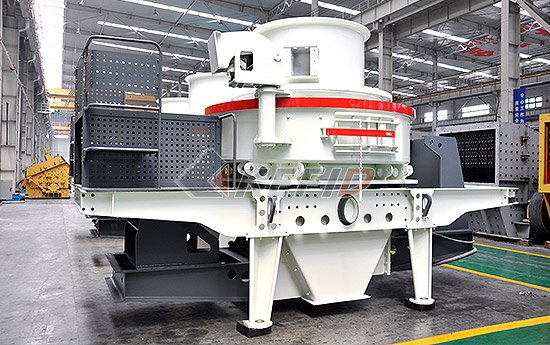NEWS
- Company News
- Kefid's impact crusher models
- Kefid single-cylinder hydraulic
- The equipment configuration and
- The future development of minin
- K series tire mobile crusher
- Bauma China 2020: Three new pro
- Basalt sand and gravel producti
- The crushing mechanism of impac
- The use of coal gangue and crus
- 325 mesh calcium carbonate powd
- Industry News
- The maintenance measures that i
- The standard of mechanism sand
- The technological processes of
- Concrete blocks recycling to bu
- A powerful tool for processing
- Stone crusher for railway proje
- The selection of crushing cavit
- The advantages of mobile sand m
- The solution to prevent corrosi
- 50-70 tons per hour of gold ore
- Exhibition
- Special Report
- Faq
- How to maintain the production
- How to configure equipment for
- What equipment is needed for th
- What are the complete sets of e
- Regarding the waste disposal af
- What is the price of sand washe
- How much are the accessories of
- What is the reason for the slow
- What is the installation proced
- Why is the impact crusher widel
The standard of mechanism sand for concrete mixing plant
The main indicators to measure the quality of sand are: mud content, sand particle size, fineness modulus and sand hardness.
1. Mud content:
According to the "Quality Standards and Inspection Methods of Sand for Ordinary Concrete" JGJ52-2011: The limit of mud content in sand varies according to the concrete strength grade. The mud content in the sand used for concrete less than or equal to C25 shall not be greater than 5 percent, the mud content in the sand used for C30-C55 concrete shall not be greater than 3 percent, and the mud content in the sand used for C60 concrete shall not be greater than 2%.
2. Fineness modulus and particle size of sand material:
The fineness modulus of sand is an index that characterizes the degree and type of sand particle size. The larger the fineness modulus, the sand is coarser. The fineness modulus of ordinary concrete sand is in the range of 3.7-1.6, and medium sand is suitable. Or use coarse sand and a small amount of fine sand, the ratio is 4:1.
Coarse sand: The fineness modulus is 3.7-3.1, and the average particle size is 0.5mm or more.
Medium sand: The fineness modulus is 3.0-2.3, and the average particle size is 0.5-0.35mm or more.
Fine sand: The fineness modulus is 2.2-1.6, and the average particle size is 0.5mm or more.
Extra-fine sand: The fineness modulus is 1.5-0.7, and the average particle size is less than 0.25mm.

3. Particle gradation
Gradation is a key standard for concrete sand. Except for ultra-fine sand, the particle gradation of sand is generally divided into three gradation zones based on the cumulative sieve residue of the 600μm square sieve (in terms of mass percentage, the same below), and the particle gradation of sand should be in one of the three gradation zones. The actual particle gradation of sand is compared with the cumulative sieve residue. Except for the cumulative sieve residue of 4.75mm and 600μm, the remaining cumulative sieve residue may slightly exceed the boundary line, but the total excess should not be greater than 5%.
4. Harmful sundries:
The sand used in concrete must not contain harmful impurities: such as chloride ions, sulfides and sulfates, which are corrosive to the steel bars in reinforced concrete. Another example is light substances, mica and other substances that affect the compactness, solidification and resistance of concrete.
For more details of mechanism sand standard for concrete batching plant, please contact our 24hour online customer service.












